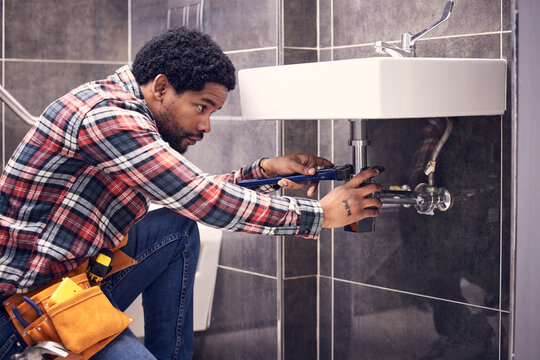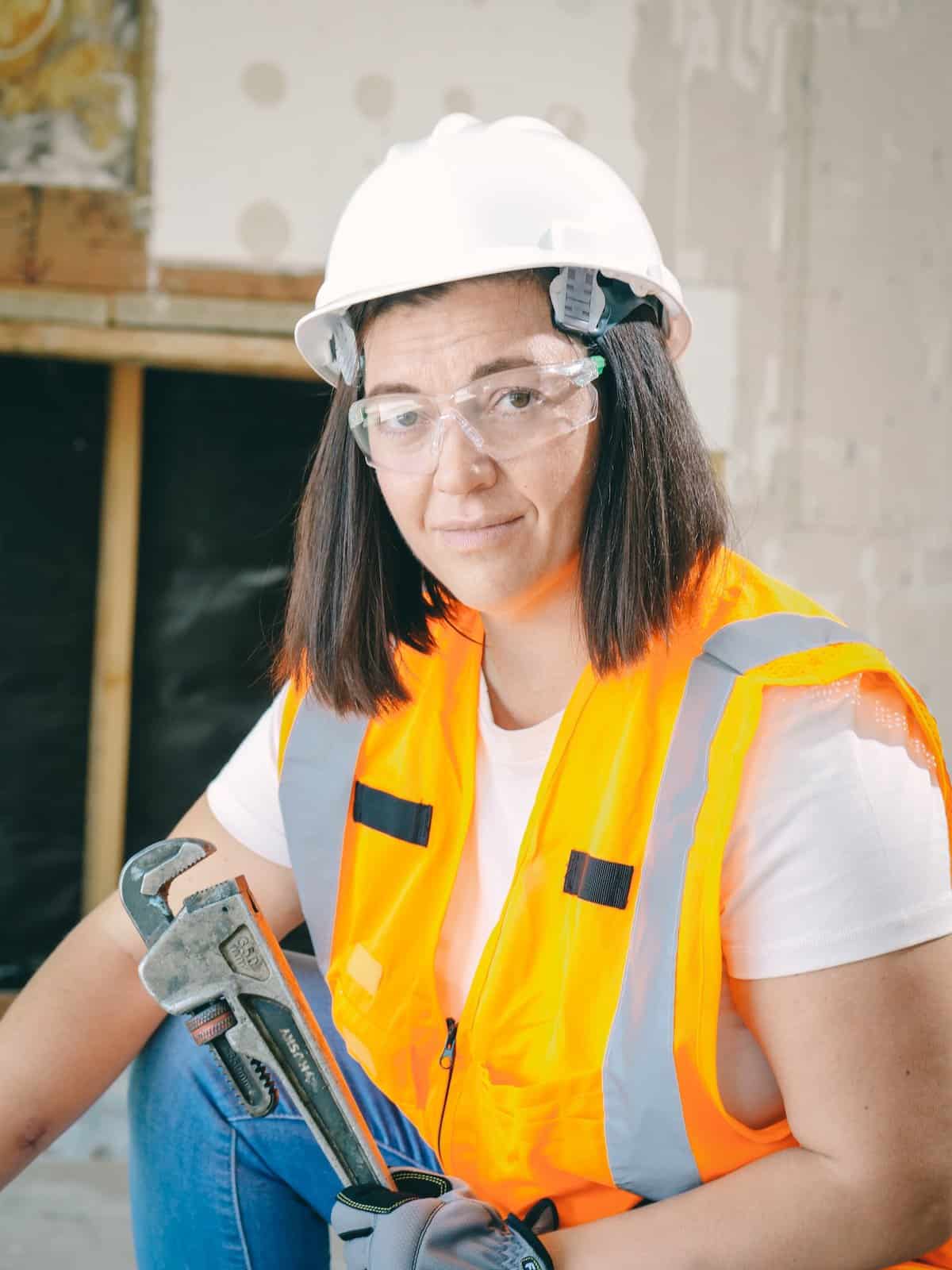Expert Drain Cleaning Alabaster AL to Maintain Your Pipes Flowing
Wiki Article
A Detailed Guide to Efficient Water Heater Installation for Optimum Efficiency
Starting the task of mounting a water heating unit is an endeavor that demands accuracy and an organized method for achieving optimum efficiency. The process starts with the important choice of selecting the ideal heating unit tailored to the details requirements of your home, considering elements such as kind, dimension, and energy resource. When chosen, preparing the installment area to fulfill security criteria is vital. The trip doesn't finish here. As you proceed, the intricacies of linking water supply lines and establishing up trusted electrical or gas links await, appealing understandings into making certain efficiency and dependability.Choosing the Right Hot Water Heater

Following, consider the size and capability of the hot water heater. It's essential to assess your home's hot water requirements, which can differ based upon the variety of occupants and their use patterns. A system that's as well tiny might bring about insufficient hot water, while an oversized model may lead to unneeded energy consumption.
Efficiency ratings also play a critical function in choice. Search for hot water heater with high Power Aspect (EF) scores, suggesting remarkable efficiency and minimized energy usage. Tankless models, though usually a lot more costly in advance, offer considerable power cost savings in time as a result of their on-demand heating abilities.
Preparing the Setup Location
Before mounting a new water heating system, meticulous prep work of the installment area is crucial. It's important to measure the area carefully to fit the water heating system's dimensions, making certain appropriate clearance around the unit for reliable procedure and servicing.Next, eliminate any kind of debris, dust, or blockages from the site to create a clean atmosphere. Check the floor for stability, as the water heating system will certainly require a strong, level surface to run effectively. If essential, mount a drip pan beneath the system to catch prospective leaks or spills, avoiding water damage to the surrounding area. In regions susceptible to seismic task, think about installing seismic bands to safeguard the heating system strongly in location.
Furthermore, guarantee that all required tools and materials are on hand prior to starting the installment. This consists of things such as wrenches, screwdrivers, a level, and any type of additional equipment needed for placing and safeguarding the heater. A well-prepared installation location establishes the foundation for a successful hot water heater configuration, enhancing performance and safety and security.
Connecting Water Lines
When linking supply of water lines to your newly mounted hot water heater, it is vital to ensure that all links are leak-free and protected to keep efficient procedure and stop water damage. Begin by recognizing the hot and cool water system lines. The cold water inlet is generally noted with a blue label or a "C", while the warm water outlet is noted with a red label or an "H".Usage flexible water heater ports to assist in a simpler installation process. Before attaching the connectors, place a plumbing professional's tape around the threaded ends of the water heating unit's inlet and outlet pipes.
When links remain in area, gradually transform on the major water supply valve. Examine each connection for leaks by aesthetically really feeling and examining for dampness. Tighten up links as essential, and ensure the pressure safety valve is appropriately set up, protecting against extreme pressure build-up.
Establishing Electric or Gas Links
Effectively establishing the electric or gas connections for your hot water heater is an important action to ensure reliable and risk-free operation. For electric water heaters, start by confirming that the electrical circuit is compatible with the heating system's voltage and amperage needs. Make sure the power supply is turned off at the circuit breaker to prevent crashes. Link the electrical cords to the heating system complying with the maker's electrical wiring layout. Usually, this involves attaching the ground cord to the eco-friendly terminal, and the remaining cords to their matching terminals, securing each with wire nuts.For gas hot water heater, security is paramount. Verify that the gas supply is off before proceeding. Attach the gas line to the hot water heater using a flexible gas connector, ensuring it is correctly threaded and secured with pipeline joint substance or Teflon tape appropriate for gas connections. Tighten up the connections with a wrench, making sure not to over-tighten (Plumbing Services Alabaster AL).
When links are made, inspect for any this hyperlink prospective leakages. For gas lines, use a soapy water solution to the joints; bubbles indicate a leak. For electric links, ascertain that all wiring is protected and appropriately shielded, keeping conformity with neighborhood electrical codes.
Evaluating and Changing for Performance
With the electric and gas official source connections securely in place, the following action is assessing the operational efficiency of your water heating system. Begin by meticulously transforming on the water supply and guaranteeing there are no leaks at any of the shutoffs or joints.Next, perform a comprehensive inspection to make certain the home heating elements or burner are working properly. For electrical heating units, utilize a multimeter to validate if the aspects are drawing the ideal present. In gas models, observe the heater flame; it needs to be blue and constant, indicating effective combustion.
Readjust the settings as essential to get rid of ineffectiveness. Think about implementing insulation actions, such as adding a water heating system covering, to better you can try this out boost performance by decreasing heat loss. In addition, check the anode pole's condition, as a tatty rod can lower effectiveness and lead to container rust.
Conclusion
Effective water heater setup is crucial for making sure optimum performance and power financial savings. By picking the suitable kind and size, and carefully preparing the installment location, a foundation for success is established. Safely attaching water supply lines and very carefully establishing up electric or gas links reduce prospective concerns. Comprehensive testing for leakages and exact thermostat changes to 120 ° F enhance reliability and effectiveness. Sticking to these actions promotes long-lasting performance and power preservation in residential water furnace.
Effectively establishing up the electric or gas connections for your water heater is an important action to make sure secure and reliable operation. For electric water heating units, begin by confirming that the electrical circuit is compatible with the heating unit's voltage and amperage demands. Link the gas line to the water heating unit utilizing a versatile gas connector, ensuring it is properly threaded and sealed with pipeline joint compound or Teflon tape appropriate for gas links.
Report this wiki page